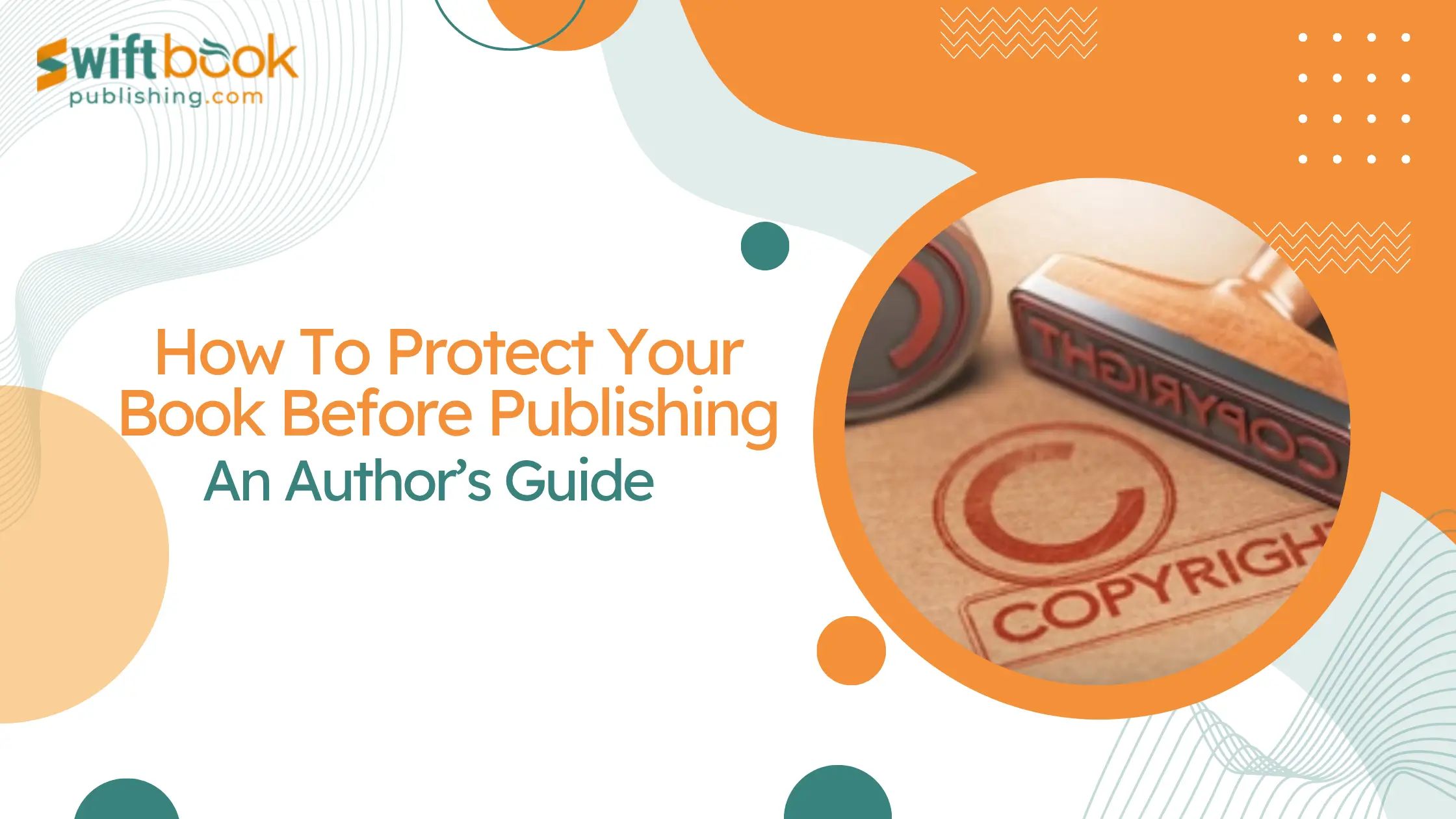Many writers lack character plotting skills; they don’t realize they’re not writing their novels in the best way. They wonder why their story’s dragging in the middle or the ending falling flat. It often boils down to having characters that lack depth. When creating a story, develop your characters before thinking about the plot, theme, or setting.
Got a plot idea for your next novel? Put it on hold. First, you need to know how to write compelling characters. Don’t start writing when your characters are well-defined. Because a story’s characters are its core, they allow readers to empathize with your story since they get to see the world from the characters’ perspectives.
Now, free your mind with all the guidance you’ve got for character development. Most will advise you to develop a history or begin with a character’s “story goal.” However, you must dig deeper to bring your characters to life.
What makes a good character in a story?
First things first, what exactly are compelling characters? Think of them as the beating heart of your story—the folks who leap off the page and into the reader’s imagination. Compelling characters aren’t just names on paper; they’re living, breathing entities with their own stories. They’re the secret sauce that turns a good story into an unforgettable one.
For example, think about a character not just chasing some generic goal but someone driven by a deep need to reconnect with a long-lost family member, weighed down by guilt from a past mistake. Instead of a typical backstory, imagine a character whose flaws come from real struggles and insecurities, making them more authentic and relatable. In short, to make your characters jump off the page, you’ve got to go beyond the usual methods and explore what makes them tick. Here, we’ve got you the easiest tips and steps to follow and put the best into your characters.
But before that, let’s see,
Why Are Characters So Darn Important?
- Picture this: a novel without characters is flat and uninspiring, like a coffee without caffeine.
- Characters are the driving force, carrying the plot on their shoulders
- They make us laugh, cry, and cling to the edge of our seats.
- Without them, novels would be dull landscapes with no one to guide us through the adventure.
The Impact of Well-Crafted Characters on Reader Engagement
- Ever been so engrossed in a book that you forgot to eat? Blame it on well-crafted characters.
- When characters are on point, readers form a connection.
- It’s like making a new friend who you can’t get enough of.
- These characters linger in your thoughts long after the book is closed, and that's the kind of engagement every writer dreams of.
Now, let’s get down to the real business. Stick around, and we’ll uncover the secrets to creating characters that readers won’t want to let go of.
How to Write Compelling Characters?
Today’s mission: is to understand the intricate art of making characters more authentic and relatable. Ever wondered why some characters feel like old friends? It’s all in the authenticity of a character, my friends. It is their personal experience that shapes who they are today.
So, grab a shovel and start digging into your character’s past.
Tell Readers about Character's History
Think of a character’s backstory as the foundation of a house. It’s what holds everything up. The experiences, triumphs, and heartbreaks are the building blocks that make your character three-dimensional. Readers want to know where they came from to understand where they’re going.
- Here are five techniques you can apply to breathe life into your character's history:
- Take your readers on a time-traveling adventure. Show pivotal moments from your character's past as if they're happening in the present. It's like a cinematic rewind button for your story.
- Ever thought about your character's prized possessions telling their story? That old watch, a tattered letter—each item can unlock a chapter of your character's past. It's like a treasure hunt for readers.
- Interview Your Character. Yup, you heard right. Sit down (mentally or literally) with your character and ask them questions. What's their favorite childhood memory? Biggest regret? You'll be amazed at the secrets they spill.
- Create a parallel storyline that runs alongside your main plot. This could be a past event that shaped your character. It adds depth and complexity, like a narrative layer cake.
- Use locations as symbols of your character's Journey. Maybe the old oak tree is where they first kissed, or the dilapidated house represents past traumas. Let the setting speak volumes about your character's history.
Use these techniques, and watch your characters transform from ink on paper to living, breathing souls.
Establish Relatable Traits
Relatable traits – the secret sauce to turning your characters from strangers to besties. Ever had a crush? Felt loss? Triumphed against the odds? These are the nuggets of gold we’re after.
Identifying these universal human experiences is like putting a piece of your reader’s life into your character. The “I’ve been there too” magic connects them to your story.
Picture your character as a superhero, but without the spandex and capes. Everyone loves a hero, but the flaws make them real, and balance is key. Too perfect? Readers can’t relate. Too flawed? They might not root for them. Find that sweet spot, and your character becomes someone readers want to cheer on.
Giving Characters Distinctive Voices
Characters need to speak in a way that’s as unique as a fingerprint. Let’s see how you can do this:
Dialogue development is one of the most crucial aspects of making a distinct character. Think of dialogue as your character’s vocal autobiography. It’s not just what they say; it’s how they say it. Dialogue shapes personality, reveals emotions, and propels the story forward. It’s the GPS guiding readers through the character’s journey.
- Try these seven strategies for crafting voices that stand out in a crowd:
- Give your character a distinctive way of speaking. Maybe they drop their 'g's or throw in a foreign phrase. It's like a linguistic fingerprint.
- Play with the rhythm of speech. Sometimes tell the story quickly, sometimes make it slow and deliberate; it sets the tone and reflects your character's mood.
- Everyone has that one friend with a catchphrase. Your characters can have them, too. A unique saying or a quirky habit will add flavor to your novel’s character.
- Sometimes, what isn't said speaks volumes. Use pauses and silences strategically to amplify the impact of their words.
- Play around with grammar. Maybe your character is a stickler for correctness or casually butchers it. It's a small detail that speaks volumes.
- Each character should get its own style of talking. Some use big fancy words; others keep it simple. Mix and match to create a verbal signature.
- Eavesdrop on conversations (in a non-creepy way). Pick up real-life nuances and sprinkle them into your character's speech. It's like giving them a dash of reality.
Injecting relatable traits and distinctive voices into your characters is like giving them a backstage pass to your reader’s heart.
Character Connecting Emotionally
Let’s dive into the soul of character creation and explore what makes them good and downright exceptional.
Picture this: your reader sheds a tear or grins ear to ear because of something your character did. That’s the power of emotional resonance. It’s like a puppeteer pulling heartstrings. Make readers feel, connect with, and care about your characters; you’ve hit the emotional jackpot. Characters with depth are like onions—peeling back layers reveals more richness. Show their fears, dreams, and the messy stuff in between.
- These are five remarkable strategies that will help you make meaningful character development of a character:
- Microchanges in a character. Small victories count. Show character growth through tiny, everyday wins. It's the accumulation of these that builds a powerful arc.
- Sometimes, the biggest battles happen within. Explore your character's internal conflicts—it's a goldmine for growth.
- Learn from your mistakes. Characters mess up a lot. But every stumble is a chance for growth. Let your characters stumble and then soar.
- Introduce characters who challenge your main character. These unexpected alliances can be catalysts for significant change.
- Embrace the Setbacks. Don't be afraid of setbacks. They add tension and create opportunities for characters to rise from the ashes.
How to Write About a Character (Using Descriptive Techniques)
Painting a Vivid Mental Image
Have you ever read a passage that made you feel like you stepped into the character’s shoes? That’s the magic of painting a vivid mental image. Describe more than just appearances; tap into the atmosphere. Make readers smell the rain, feel the warmth, and taste the tension in the air.
Using Sensory Details to Engage Readers
Readers want more than a visual feast. Engage all the senses! Describe the soft breeze ruffling hair, the taste of grandma’s apple pie, and the distant hum of city life. Sensory details plunge readers into the scene, creating an immersive experience.
Integrating Character Information Seamlessly
Nobody wants a character’s life story dumped on them like a load of laundry. Integrate character information into the narrative like a stealthy ninja. Drop hints, reveal secrets slowly, and let readers uncover the layers as they go. It’s like a mystery unfolding.
Keeping the Story Dynamic and Engaging
Action is the heartbeat of your story. Too much exposition, and you risk putting readers to sleep. Balance is key. Sprinkle character details amidst the action, like seasoning on a gourmet dish. Keep the plot moving and your readers turning those pages.
Revealing Character Thoughts and Feelings Utilizing Internal Monologue
Ever wondered what goes on inside a character’s head? Internal monologue is the VIP pass. Let readers eavesdrop on your character’s thoughts. It’s the perfect way to unveil their fears, dreams, and hilarious internal debates.
Showcasing Emotions Through Actions
Actions speak louder than words, right? Show, don’t tell. Instead of saying a character is sad, let them slump their shoulders, eyes downcast. Actions reveal emotions like a neon sign. Readers connect more when they witness emotions in action.
How to Make a Main Character?
Ready to craft a main character that becomes the heartbeat of your tale? Let’s dive into the art of making the main character that readers can’t help but root for.
But what’s the significance of the main character?
Think of the main character as the captain of your story ship. They steer the narrative, face the storms, and ultimately lead readers through uncharted waters. The main character is the lens through which readers experience the entire story—a crucial role.
Connecting Readers to the Central Character's Journey
Readers need a passport to journey through your narrative; the protagonist is that passport. Forge a connection. Make readers feel like they’re not just spectators but active participants in the character’s odyssey. It’s the bond that turns a story into an unforgettable adventure.
- Creating a Memorable Main Character
- Balancing Flaws and Relatability
- Developing a Strong Character Motive
- Ensuring Reader Investment in the Protagonist’s Goals
Building a Comprehensive Overview of a Character Profile
Think of a character profile as the blueprint for your literary creation. Go beyond surface details and delve into the nooks and crannies of your character’s existence. What are their fears, dreams, quirks, and deepest secrets? A comprehensive overview ensures your characters are as complex and fascinating as real people.
Utilizing Character Questionnaires
Ever felt like your character is holding back? A character questionnaire is your secret weapon. These are like intimate conversations with your characters, asking them everything from their favorite childhood memory to their most significant regret. Unearth those hidden gems that make characters shine.
The Impact of Character on the Story
Characters aren’t lone wolves in your story—they’re part of a dynamic web of relationships. Explore how characters interact, clash, or harmonize. Whether it’s love, rivalry, or friendship, character dynamics shape the narrative, adding layers of complexity and intrigue.
Ensuring Each Character Has a Distinct Role
An ensemble cast is like a symphony—each character plays a unique instrument. Ensure that each character has a distinct role in the grand composition. Everyone brings something irreplaceable to the table, whether it’s the comic relief, the wise mentor, or the reluctant hero.
Creating Authentic Connections
Think about your best friend. What makes your connection so special? Apply that magic to your characters. Authentic relationships between characters make the story resonate. Show how they influence, grow together, or challenge one another. It’s these connections that make the narrative pulse with life.
Managing Character Arcs in a Multi-Character Story
Juggling multiple character arcs can be like spinning plates, but fear not. Give each character their moment in the spotlight. Manage their growth, setbacks, and triumphs like a genius leading a symphony. When done right, the collective harmony is music to your reader’s ears.
From building character profiles to orchestrating character dynamics, these tips will help you create a cast that steals the show.
Recap of Key Points
As we round the final corner, let’s recap the essentials:
How to write compelling characters can be this easy, you see. We dove into the intricacies of character creation.
From understanding their pasts to ensuring each member of your ensemble cast shines,. We painted mental images, balanced exposition with action, and showcased emotions through actions. We defined the main characters, explored their motives, and even weaved the threads of character dynamics.
- Here's a secret: writing is an ever-evolving dance. So, dear writers, embrace the art of experimentation. Tinker with character traits, play with dialogue, and let your characters surprise you. It's in the creative chaos that diamonds are polished. Don't be afraid to iterate, refine, and, above all, enjoy the process. Your characters are your partners in this dance; let them lead you.
That’s a lot, but remember, each detail contributes to the magic of a well-crafted character.
Curtain Call
Readers remember characters long after they forget plot details. So, infuse them with life, whether you’re crafting a daring hero, a quirky sidekick, or a mysterious villain. Because, in the end, it’s the characters that linger in the reader’s heart.
As you embark on your next story or book writing adventure, remember the alchemy of creating characters. Let your pen be a wand, conjuring characters that captivate, resonate, and endure in the minds of your readers.












